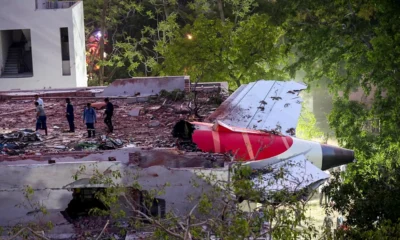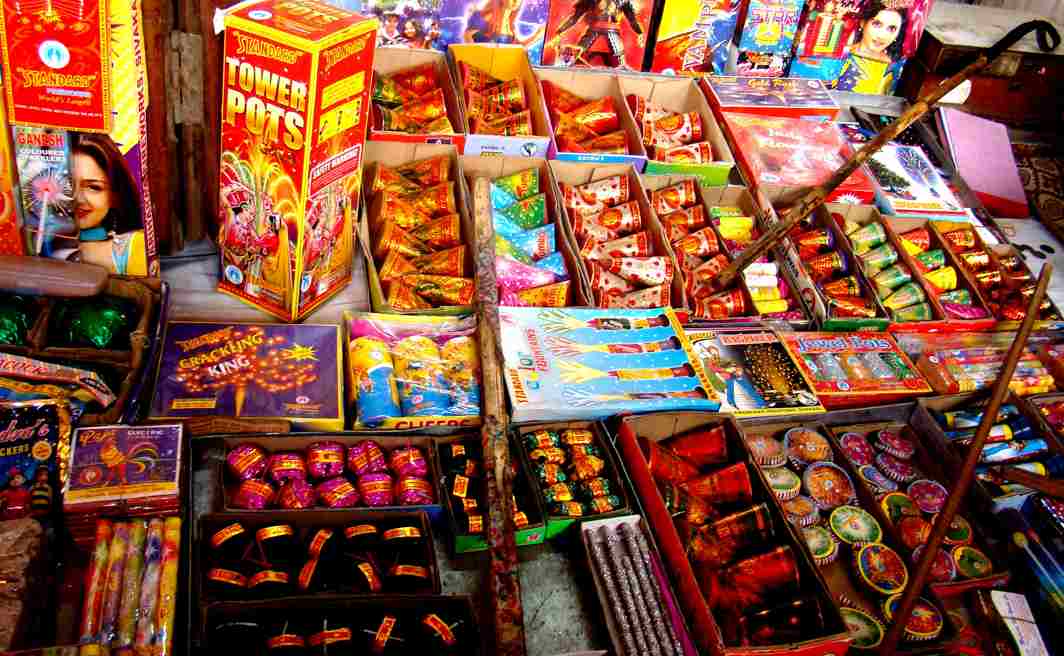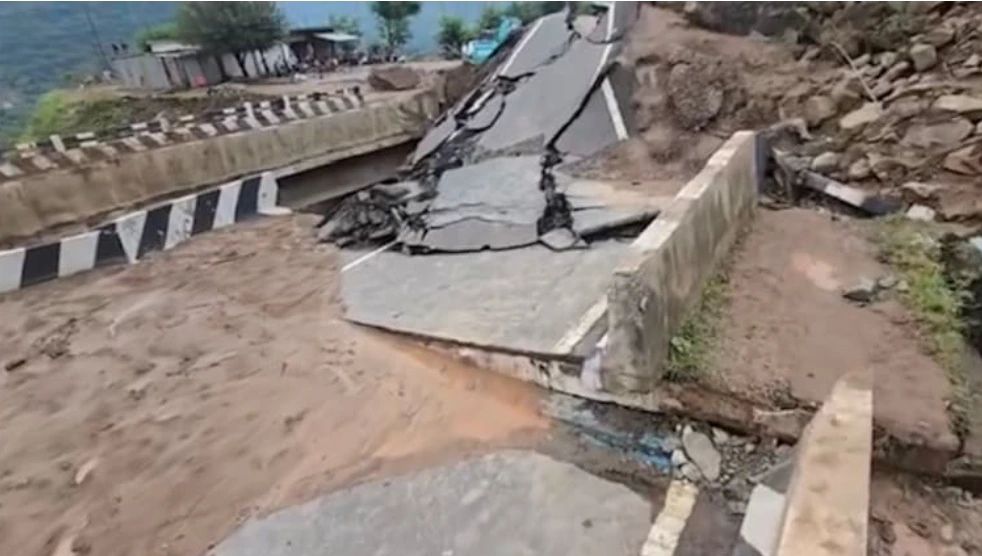As their period of Supreme Court ordered house arrest came to an end and a Pune court rejected their bail applications, three of the five activists arrested two months ago in Bhima Koregaon violence case by Mahasrashtra police were taken into police custody.
A plea by eminent historian Romila Thaparseeking a review of the Supreme Court’s earlier refusal to constitute a SIT to probe the charges against five activists was rejected by the top court a day before.
Five activists, Vernon Gonsalves, Sudha Bhardwaj, Varavara Rao, Arun Ferreira and Gautam Navlakha, were arrested on August 28 by the Pune police and later sent to house arrest under the top court’s orders.
The activists had on September 28 been given four weeks time by the Supreme Court to seek legal remedies. That period ended on Friday, October 26.
Earlier this week, the Hyderabad High Court extended Rao’s house arrest period by three weeks while Navlakha’s arrest has already been quashed by the Delhi High Court.
Ferriera, Gonsalves and Bharadwaj had moved bail applications in a Pune court. While rejecting their applications on Friday, the city court said there seemed to be prima facie evidence of their involvement in the activities of the banned Maoist outfit.
The court also refused to entertain the plea of the defence lawyers that Pune Police be restrained from arresting them for a week to enable them to appeal this decision in a higher court.
On Friday (October 26) while Gonsalves and Ferreira were sent to Police custody till November 6 by a Pune Sessions Court, Bhardwaj was arrested from her home in Haryana’s Faridabad by Pune Police and was being taken to the Maharashtrian city.
The Maharashtra police has charged the activists of having links with the outlawed Communist Party of India (Maoist) and purportedly having had a role in the controversial ‘Elgaar Parishad’ and the subsequent Bhima-Koregaon clashes.
“Following the court’s rejection of their bail pleas, our teams took Mr. Ferreira and Mr. Gonsalves into custody from their respective residences in Mumbai,” Pune’s Joint Commissioner of Police Shivaji Bodkhe told The Hindu on Friday.
Earlier on Friday, a special court had rejected applications filed by the three activists’ lawyers seeking a week-long extension of their house arrest thus paving the way for the Pune police to take them into custody again.
In a parallel hearing in Mumbai, the Bombay High Court had similarly rejected separate pleas seeking the extension of house arrest sought by Gonsalves and Ferreira.In his order rejecting the bail pleas of the three accused, Special Judge KD Vadane said that “the investigation against the accused was at a very crucial stage” and that “material collected by the investigating officer prima facie revealed their involvement in alleged unlawful activities against the unity, integrity, security and sovereignty of India,” reported The Hindu.
”The order took into account the prosecution’s submission of allegedly incriminating letters and e-mails which hinted at the involvement of the three activists in recruiting cadre for the outlawed CPI (Maoist) and purportedly made reference for the need to “assess the damage caused by the seizure of communications by the police”.
Arguing against the bail pleas last week, public prosecutor UjjwalaPawar had submitted two e-mails to the court that were allegedly “intercepted communications” exchanged between Maoist leader Ganapathy alias Comrade Chandrashekhar and poet Varavara Rao in July.
The police claimed that the mails were allegedly exchanged after the June 6 arrests of activist Sudhir Dhawale, prominent human rights lawyer Surendra Gadling, tribal activist Mahesh Raut, Nagpur University English Professor Shoma Sen and activist Rona Wilson.
Pawar told the court that the e-mails apparently revealed that top leaders in the Maoist Central Committee (CC) were ‘concerned’ after the June arrest of the five activists and that Ganapathy had allegedly asked Rao as to how the letters were leaked and how they had found their way into the hands of the Pune police.
The contents of the e-mail, quoted by Pawar in the court, has Ganapathy allegedly urging Rao to ensure the confidentiality of “this communication channel” and remarking that the five arrests (of Gadling and the others) had caused a lot of damage to the movement and that urgent steps were needed to boost the morale of the cadre.
Bharadwaj’s counsel had earlier argued that the so-called Maoist communications were of “dubious authenticity”.
Similarly, lawyers representing Sen and Advocate Gadling, during their bail pleas, had also separately submitted that there was nothing in the so-called Maoist communications produced by the Pune police to incriminate the activists and asserted that the supposedly ‘incriminating’ evidence against their clients was “manufactured”.
Bharadwaj, Ferreira andGonsalves had filed their bail pleas in the Pune sessions court in the second week of October.
In its swoop on August 28, the Pune Police had also raided two others, Anand Teltumbde in Goa and Stan Swamy in Ranchi, but they had not been arrested. The Bombay High Court on Friday said Teltumbde should not be arrested till November 1 and Swamy till October 31.


 India News10 hours ago
India News10 hours ago
 India News5 hours ago
India News5 hours ago
 India News9 hours ago
India News9 hours ago
 India News5 hours ago
India News5 hours ago
 Entertainment2 hours ago
Entertainment2 hours ago
 India News2 hours ago
India News2 hours ago
 India News2 hours ago
India News2 hours ago
 Entertainment2 hours ago
Entertainment2 hours ago








